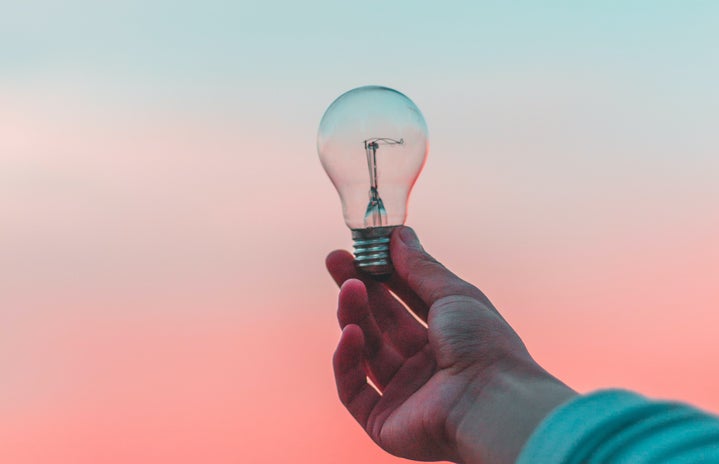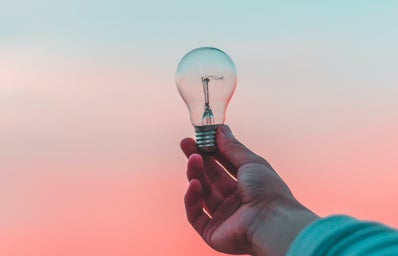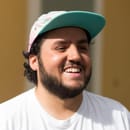With the internet being so easy to access, it has become easier for independent artists to find an audience and let their work be known. As a result, a variety of movements, collectives, and scenes have found a way to pave their path. The independent art scene in Puerto Rico is no different. Recently, many artists from a variety of disciplines have found platforms that have made it easier for them to share their work. In addition, small businesses such as Electroshock in Santurce and Rio Piedras, bars like Off The Wall in Mayaguez, and libraries like La Casita Books and Gifts in Aguadilla have provided up-and-coming artists a space to display their talents. “Puerto Rican Women Killing It in the Independent Art Scene” is a series of interviews that provides a glimpse at some of the women who have recently gained recognition in the art scene. Though the artists are asked similar questions, some are asked questions surrounding their work, specifically.
Camil L. Valentín Arce is a young poet and one of the most outspoken artists in Puerto Rico’s west coast independent scene. Last November, she published her first poetry book, Grito de Libertá. The following interview was conducted online:
How did you get into writing, specifically, poetry?
Ever since I was little, I’ve been fascinated by literature, and at one point, I wanted to become a Spanish teacher. I started reading everything I could find, and when I was a teenager, I started writing what I felt in the form of stories, essays, and verses that I would give my Spanish teachers for feedback. That helped me shape what I do today. I participated in a few competitions in high school, and Facebook was the platform where I first started sharing my poetry.
(photo of the artist by Dai Rojas)
I’ve seen your work is highly influenced by politics, social rights, and your passion for the arts. How did this happen?
My poetry has been fueled by social critique, because writing is that space where I can talk about my feelings and the situations around me without any form of censorship. As part of a faulty society where avarice and inequality reign, I wish to show that there can be less individualism and selfishness. Plus, I do this from my point of view as a woman who was educated by the public system and is part of Puerto Rico’s lower class.
I’ve seen you’ve delved into modeling every now and then, how did this happen? How do you balance and/or mix poetry and modeling?
Well, I do not consider myself a model; it is not something I have done professionally nor have I ever had any instruction in it. But yeah, in these past few years I have practiced it by helping photographers. It has given me a new vision that has helped me empower myself. I believe the shoots I have participated in carry a story where the movements, my eyes or clothing fuse with poetry.
(photo of the artist by Dai Rojas)
What do you think about the current state of the arts in Puerto Rico?
What’s happening in Puerto Rico is sad–he exodus, privatization, reforms, and basically, the plundering of the people. It affects only those of us who are fighting to stay here, build opportunities and a better way of life. I believe in everyone who is doing their part in this fight, be it through resistance, the earth, or the arts.
What do you think about the current state of the independent scene in Puerto Rico?
I think that if public and private entities do not make art accessible for everyone, someone has to do it because people who express themselves through art need to have a voice.
(copies of the artist’s first poetry book Grito de Libertá)
Is there any other form of art you wish to pursue? If so, what field and why?
I am currently learning and working on other literary mediums like the novel and short stories. I am also interested in bomba, so I hope to practice that soon.
If a young girl came up to you and said she wanted to be an artist, what would be your advice for her?
I would tell them to go ahead and do it. What really makes an artist, other than the art, is the search for oneself.
(the artist as seen in a recent tribute video she did for Julia De Burgos)
What do you seek to achieve with your work?
In this moment in my life the expectations and aspirations are barely showing, but if there’s something I have clear is that through the earth and art, I’m looking for continuous and multifaceted learning and as much closeness I can find within myself.
What is your biggest goal right now?
To find myself, so I can find peace and to do so through words as well as agro-ecology. I wish to find the reflection of my consciousness and the simplicity in me.
You can find Camil L. Valentín Arce on Facebook and her book Grito de Libertá on Amazon


